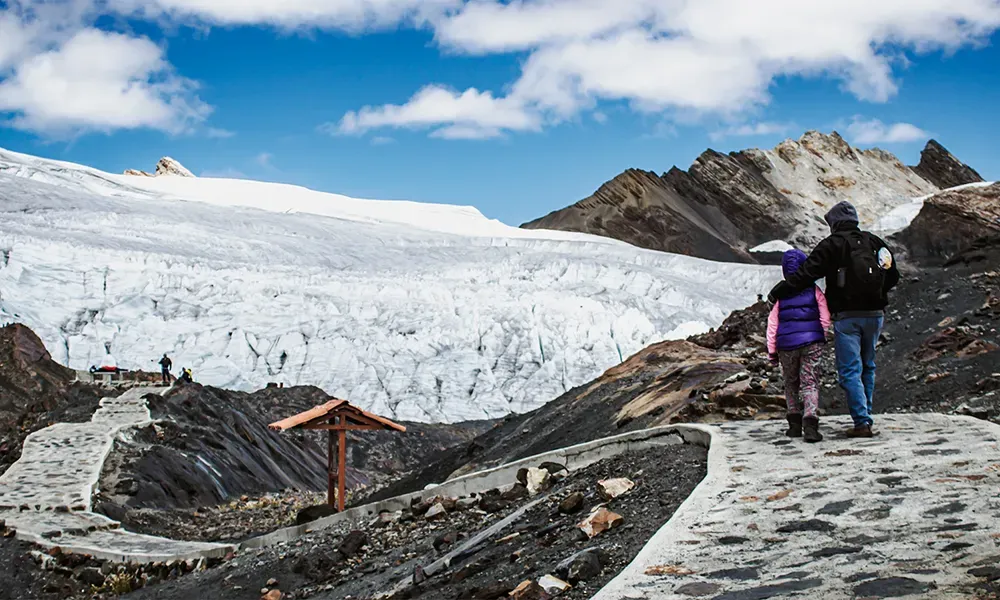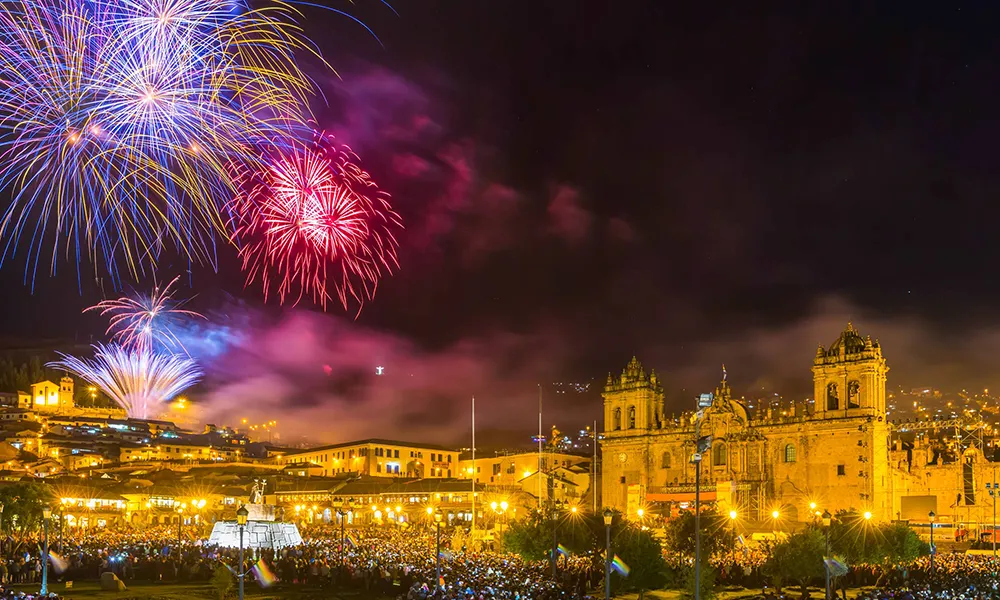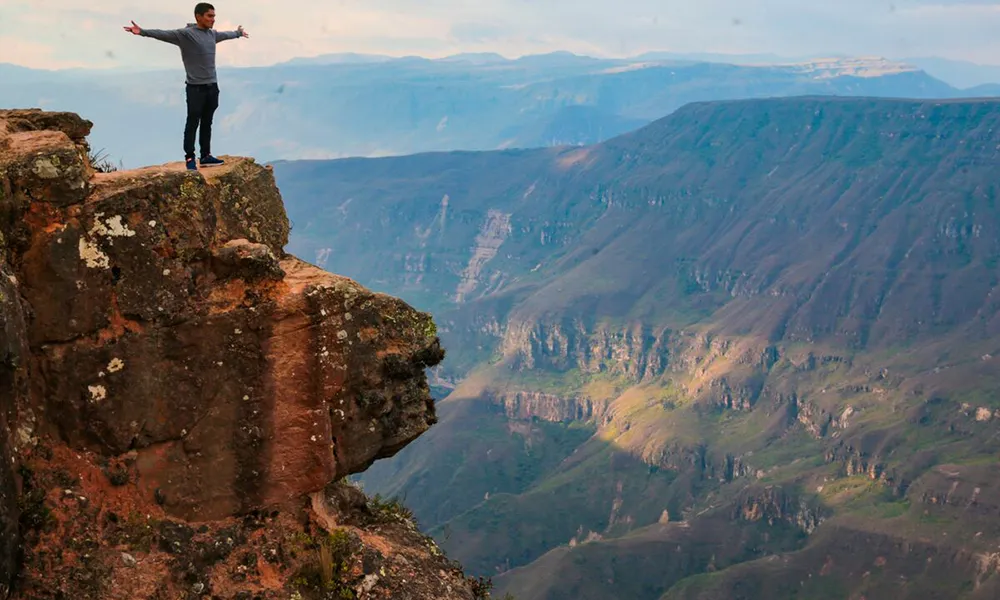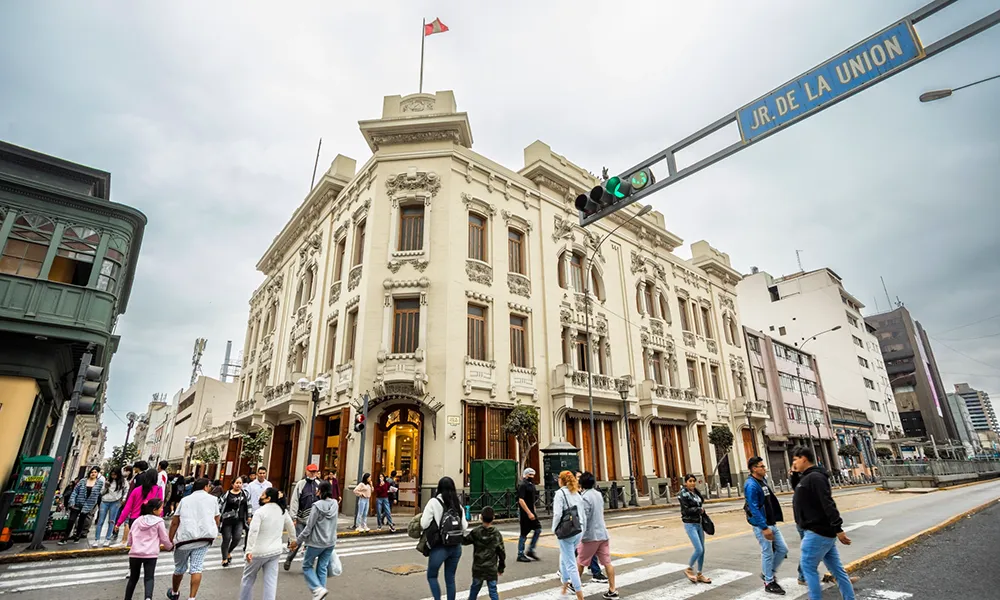Language and Visitor Facilities for American Travelers in Peru
Understanding the Linguistic Landscape of Peru
When you arrive in Peru, one of the first things you’ll notice is the of the Spanish language spoken everywhere — from lively markets to quiet mountain towns. Spanish is the official and most commonly spoken language, used in education, government, and daily communication. However, Peru’s linguistic heritage goes far beyond Spanish. The country officially recognizes Quechua and Aymara, ancient Andean languages that remain alive among millions of people, especially in the regions of Cusco, Puno, and Ayacucho.
For American travelers, this diversity can be a beautiful cultural encounter. In tourist destinations like Lima, Cusco, Arequipa, the Sacred Valley, and Machu Picchu, many locals working in tourism — such as guides, hotel receptionists, and drivers — speak basic to fluent English. They are accustomed to welcoming visitors from the United States, making communication smooth and friendly.
In rural areas or remote Andean villages, English is less common, but Peruvians are patient and eager to help. A few simple Spanish phrases can open doors and create genuine human connections:
-
Buenos días – Good morning
-
Por favor – Please
-
Gracias – Thank you
-
¿Dónde está el baño? – Where is the bathroom?
-
Tupananchiskama (Quechua) – Until we meet again
Even attempting to speak a few words of Spanish is appreciated and often rewarded with a warm smile.
Facilities and Services for Visitors
Peru has made significant progress in improving tourism infrastructure to ensure that foreign visitors, especially from North America, feel comfortable and safe.
Tourist Information Centers:
In major cities such as Lima, Cusco, and Arequipa, there are official iPerú offices located in airports, main squares, and transportation terminals. They provide free maps, updated travel information, safety tips, and guidance about local attractions.
Tourist Police and Security:
Peru has a specialized branch called Policía de Turismo, dedicated to assisting visitors. These officers speak English and can help in case of lost documents, theft, or general information. Their presence in historical centers, archaeological sites, and airports gives travelers peace of mind.
Health and Medical Assistance:
Clinics and hospitals in large cities are well-equipped and often have English-speaking doctors. Pharmacies are open long hours, and medicines are accessible without major restrictions. For emergencies, the main hotlines are 105 (police) and 116 (ambulance). Many hotels can contact private clinics directly for guests who need medical attention.
Internet and Communication:
Peru offers reliable mobile coverage and Wi-Fi in most urban areas. Free Wi-Fi is available in many cafés, restaurants, and hotels. For longer stays, buying a local SIM card from Claro, Entel, or Movistar is inexpensive and ensures stable internet access even in remote areas.
Currency and Payments:
The Peruvian sol (PEN) is the national currency, but U.S. dollars are widely accepted in tourist destinations. ATMs are found throughout the country, and major credit cards — Visa, MasterCard, and American Express — are accepted in hotels, restaurants, and travel agencies.
Accessibility and Comfort for American Visitors
American travelers will find that Peru offers an excellent balance between comfort and authenticity. The country has a wide range of accommodation options, from five-star international hotels to cozy boutique lodges and eco-friendly stays.
Transportation:
Major airports like Jorge Chávez International Airport in Lima and Alejandro Velasco Astete Airport in Cusco provide modern facilities and English signage. Inside cities, Uber, Cabify, and InDriver are common and safe for getting around. For long-distance trips, comfortable buses and domestic flights connect all main destinations.
Tourism Services:
Tour operators, museums, and cultural centers provide bilingual information panels, English-speaking guides, and printed brochures. Restaurants in tourist areas usually include bilingual menus, and most staff are familiar with common dietary requests such as vegetarian, vegan, or gluten-free meals.
Accessibility:
In recent years, Peru has improved access for travelers with disabilities. Many hotels in Lima and Cusco have ramps, elevators, and adapted rooms. Tourist sites like Machu Picchu and Museo Larco offer accessibility-friendly routes to ensure everyone can enjoy the experience.
Communication Tips for a Smooth Journey
Even though many people in the tourism sector understand English, knowing a few strategies will make your trip easier and more rewarding:
-
Speak slowly and clearly. Most Peruvians are familiar with basic English vocabulary.
-
Use gestures and friendly body language when words don’t come easily — it always helps.
-
Carry a small phrasebook or use a translation app to bridge any communication gaps.
-
Keep your hotel’s business card in Spanish to show taxi drivers or when asking for directions.
-
Stay patient and smile. Peruvians value courtesy and will always do their best to assist.
Hospitality and Cultural Warmth
Peruvians are known for their hospitality and genuine kindness toward visitors. American travelers often remark how locals go out of their way to help, whether it’s guiding you through a market, explaining traditional dishes, or sharing stories about their culture.
In hotels, service is attentive and personalized. In restaurants, staff are eager to explain the ingredients and history behind dishes like ceviche or lomo saltado. Guides at archaeological sites are passionate storytellers who make the country’s history come alive. This sense of warmth and openness is one of the reasons Peru consistently ranks among the most welcoming destinations in South America.
Final Recommendations
If it’s your first time visiting Peru, take a few days to adapt to the altitude, especially in Cusco or Puno. Drink plenty of water, rest, and enjoy coca tea to prevent altitude sickness. When communicating, a mix of basic Spanish phrases, English words, and friendly gestures will get you far.
Peru is a place where languages blend, and communication often transcends words. Whether you’re bargaining in a colorful market, talking to a local artisan, or asking for directions to Machu Picchu, you’ll find that a warm attitude always bridges the gap.
Your experience will be even richer if you embrace the linguistic diversity of the country — from the poetic sounds of Spanish to the ancestral rhythm of Quechua. Peru doesn’t just welcome visitors; it invites them to connect through language, culture, and shared humanity.








